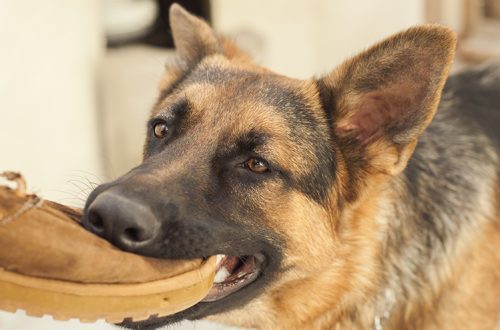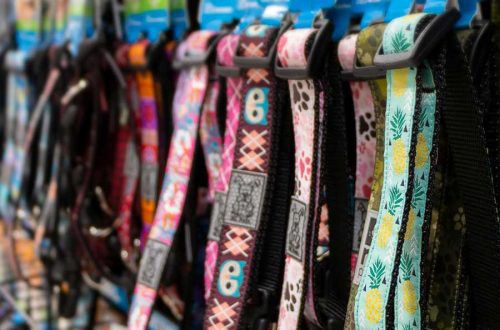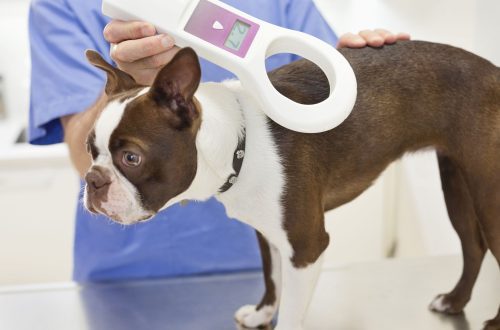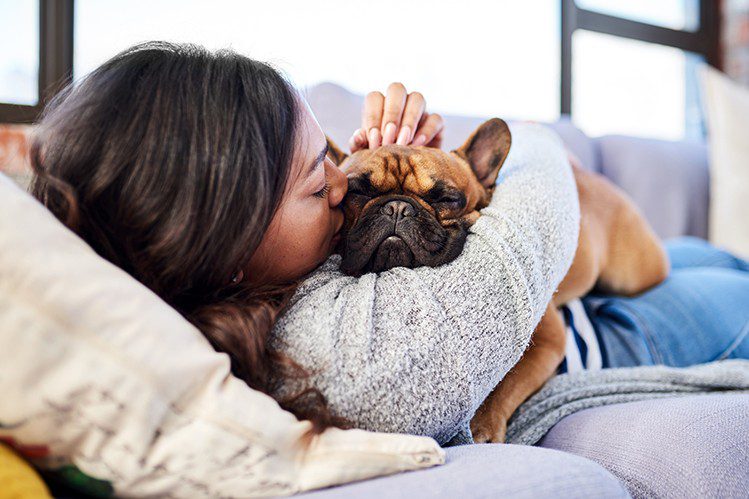
I want to be friends with you! Or gestures of friendship in the world of dogs
Dogs, like people, convey a lot of information through facial expressions and gestures. But there are many differences between the non-verbal communication of humans and the non-verbal communication of a dog with a person. We’ve put together a little guide to help you determine when your dog is ready to play and when it’s best not to bother him with too much attention.
Let’s start with the fact that all non-verbal signals from the dog must be considered comprehensively. If the dog does not growl, does not bark, this does not mean that she is very glad to see you and is ready for you to stroke her.
It is extremely important to note for yourself what kind of look the dog has, cold or interested, whether it opens its mouth.
If the jaw is relaxed and the mouth is slightly open, this is a signal that the dog feels free. If the jaws are closed, she is focused on changes in the environment and may be slightly tense. In the second case, you should not rush to the dog with hugs, you need to be more tactful.
Learn the general position of the dog’s body. A friendly, interested pet moves forward with its whole body, it is open and wants to communicate. Served with the whole body forward – it means that he feels self-confidence. If the dog moves backward with its whole body, it assumes a defensive position and, in case of a threat, can go on the offensive.
If you need to find a common language with a furry pet, one of the main rules for communicating with dogs will help at the initial stage. Turn sideways to the dog and approach gradually, describing an arc. The approach in an arc should end at the side of the one you would like to make your four-legged friend. This is how polite dogs approach each other to say hello or get to know each other. A sharp approach to the forehead will only alert the pet.
The tail is freely lowered, wags from side to side, while it seems to be dancing and wagging the entire body of the pet, from the shoulders to the tip of the tail. The mouth is open, the dog seems to be smiling at you. The head is either slightly lowered, or the pet holds it parallel to the floor, the look is cheerful, the eyes are slightly narrowed, the dog moves forward with its whole body or even approaches you. Why not respond to her interest? You can squat down and pet your pet. This is how friendly, playful, sociable four-legged friends usually greet guests.
A game bow can also tell about the mood of the pet. The dog puts his chest on the ground, and raises the croup. This means that the dog is at a low start and is ready to play with people or other pets.
If the dog looks at you with a cold, hard look, its jaws are closed, its body is frozen, only the tip of its tail wags, the pet leans back with its whole body, then it is clearly out of sorts and may have behavioral problems. It is important to avoid conflict. You can turn away from the dog so as not to provoke a conflict with a gaze. And distract the dog with calm commands “Walk!” or “Eat!” A walk and a delicious lunch will keep your pet busy. But you need to think about a visit to a specialist in correcting the behavior of dogs.

Tail wagging is not always a sign of a good mood. Perhaps this is a signal of overexcitation of the psyche. Funny games and hugs in this state are definitely not needed for a pet. But how can you tell when a dog is wagging its tail because it’s happy or because it’s stressed?
A joyful dog is relaxed and friendly. She doesn’t just wag her tail: it looks like her whole body is waggling from her waist to the tip of her tail. The mouth of such a dog is ajar, the look is soft. The pet moves forward and shows affection towards you.
Phlegmatic dogs are more reserved than their extroverted counterparts. They don’t show their emotions as openly, and that’s okay. Their bad mood is also not so noticeable.
However, in any case, dogs do not attack without warning. They will by all means avoid contact and try to get away from an unwanted interlocutor.
When a person deals with such a dog, it is worth considering the peculiarities of temperament.
The expression of the eyes is the key to understanding the dog. Relaxed, friendly pets have a soft, romantic look, similar to the look of a lover. A cold and hard look can be found in dogs that are ready to show aggression, and in people who should not be trusted. It’s pretty easy to distinguish.
Separately, it is worth talking about signs of reconciliation – flickering of the tongue and yawning. Tongue flicker or tongue flicker is a movement in which the dog’s tongue extends in a straight line from the mouth for a short time, but immediately returns. Dog behaviorists point out that tongue flashes can be an expression of mild concern or a gesture of submission by a dog to its higher-status partner.
Yawning for a dog is a kind of anti-stress. The dog yawns not from boredom and the desire to sleep, but because of the desire to calm the relatives, to make the situation around him less tense. Yawning is contagious – and it can be very useful for dog breeders during a trip with a pet to the veterinary clinic. If your dog is nervous about seeing the doctor, try yawning in front of him. The pet will take over from you a yawn, which will have a calming effect.
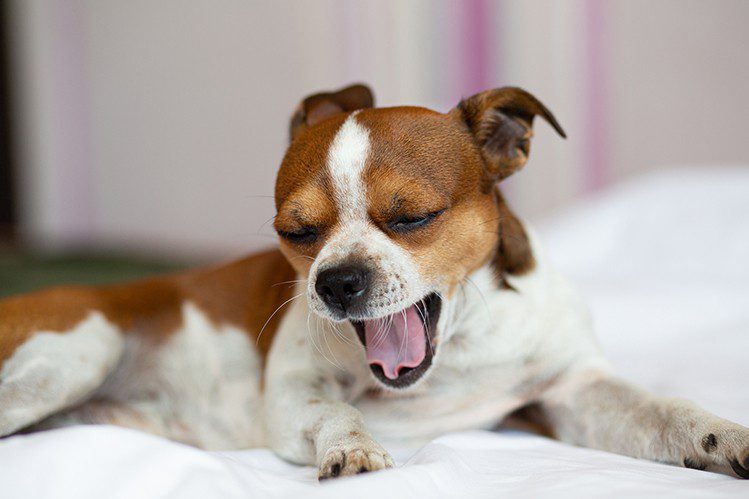
You have probably noticed that dogs often deliberately turn away, avoiding the gaze of a person or relative. This may indicate that in a communication situation the dog feels anxious, tries to reduce tension by the lack of eye contact. If your dog behaves like this on a walk, seeing another pet, it is better to avoid an unwanted meeting for your ward.
Among the most loving and caring dog owners are those who easily read the non-verbal signals of their pets and can easily prevent an unpleasant or dangerous situation for a pet. But there are also many who do not pay attention to obvious signals that the pet is not in the mood to play and accept strong hugs.
Even if your non-verbal communication skills with your dog need improvement, don’t give up. The main thing is to practice more often. Analyze the behavior of your ward and other pets, pay attention to what non-verbal gestures precede aggressive behavior or a fun game. You will definitely succeed!
We wish you to always be on the same wavelength with your pet and that communication with the dog gives you only positive emotions!



